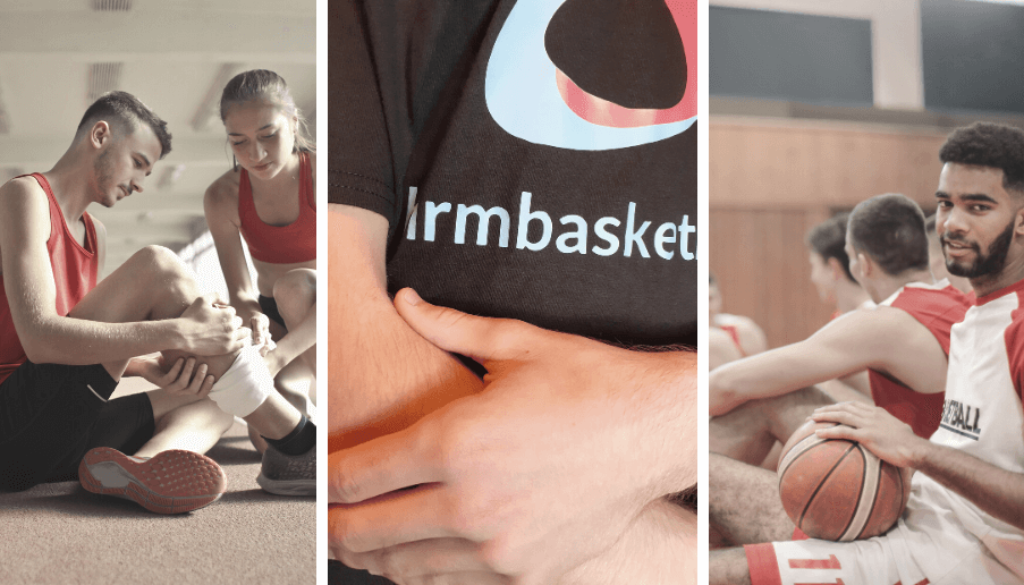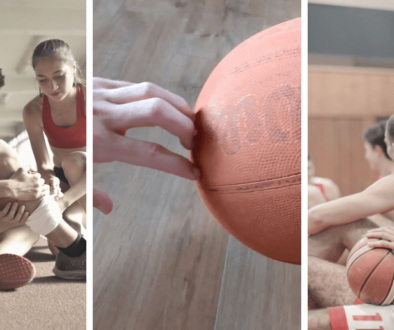Graded Activity: how to bounce back from injury
A graded activity plan can help you improve your function following an injury. It is also a useful strategy if you have a persistent problem.
Improving your function through graded activity has been mentioned in a number of our previous blogs. Therefore, I thought it was about time that I covered it off in a bit more detail. This blog is going to cover off the 4 basic principles and also the ‘Goldilocks’ Principle’. However, I would recommend speaking with your therapist or dropping us a message when structuring your plan. There are a number of variables that aren’t covered in this article and you may need support when fine-tuning your plan.
When someone has an injury or persistent pain, it is common to fall into one or more of the activity cycles. Once they have recognised that they are stuck in one of the vicious circles, they have a few options to move forward.
3 paths: the choice is yours
Firstly, although this won’t break the cycle, there is the option to continue doing the same thing. This brings to mind the quote Albert Einstein is widely credited with saying, “The definition of insanity is doing the same thing over and over again, but expecting different results”. Some may argue with whether or not Einstein was the original source of this quote. However, continuing to do the same is definitely not the path I recommend.
Secondly, there is the ‘NO PAIN, NO GAIN’ option. On the most part, this is not the ideal path either, especially if you are in the perseverance or boom and bust cycle. However, for some people, this path is required, particularly if all activity is painful. Those who have become avoidant of certain activities or movements may need to take a gentle ‘no pain, no gain’ approach.
Finally, there is the approach I most often recommend…the graded activity approach.
Graded Activity Step 1: Work out a starting point (Baseline)
To start with, you need to think about the activity or movement you are struggling with. Once you know which ones you are working towards, work out how much of the activity or movement can be done now, without overdoing it. Potentially, this is the amount that could be done on both a good and a bad day.
Once you have the amount you think you can, it is worth asking yourself – if I did that amount today, would I be able to do the same again tomorrow if I wanted to?
E.g. if 10 minutes of walking can be done but it is a struggle, it is not tolerable and too much rest is needed after, the starting point maybe 8 minutes.
Baselines can be in any unit of measurement (time, distance, weight, number of lengths, number of shots, jump repetitions etc.)
Graded Activity Step 2: Write out a realistic plan
Write up a realistic plan to progress in small steps. Some individuals can write out a plan that increases activity every couple of days, whilst others may need to increase every one or two weeks. The key is to keep increases small but consistent. The goldilocks principle can help with knowing when to increase activity if you are struggling.
Even if you have a bad day, try to stick to the plan (see step 4 for what to do if you have multiple bad days). Another important step is to make sure you don’t increase on a good day just because you are feeling good. This is a recipe to overdo it.

Graded Activity Step 3: Expect some increased symptoms
It can be quite common that as activity increases, there is an increase in symptoms. This can be expected, so do not worry if this is the case. This is a normal response and the pain/symptoms usually settle. If your plan is realistic, it will keep increase symptoms to a minimum. Again, the goldilocks principle below can help as a rough guide for what is too much.
This increase in symptoms is not due to harm but usually due to the body already being sore, or deconditioned, or sensitive to new loads. This is the same for anyone who is doing an activity that hasn’t been done for a while. Often, the tissues do not have the capacity yet to deal with the load. Loading the tissues helps build the capacity back up.
If symptoms are significantly increased, are not tolerable and it’s putting you off doing the activity, you may have started too high, increased too much or too soon. Do not worry, this is all part of the process for some and does not usually cause harm.
Graded Activity Step 4: Review the plan
Review the plan at the end of the week and make changes.
Rule 1: If you have one ‘bad day’ – continue with the plan progress at the same rate. Many other factors could lead you to have a bad day. Do not be too quick to blame it on the activity, movement or exercise.
Rule 2: If you have struggled for a few days in a row – this would suggest you have done Too Much. You may need to start from a lower level or need to slow the rate of progression down while it settles again.
Sometimes symptoms need to be monitored for the 24hrs following activity. Each individual can react differently to overactivity. For some, symptoms increase at the time of activity whilst others may react the day after. This can be normal, in a similar way as for anyone who gets Delayed Onset Muscle Soreness (DOMS). The 2 rules above can also apply to this.
Rule 3: If the activity isn’t causing any symptoms and you feel you can progress quicker, you can speed up the rate of progression. Just being mindful not to get to carried away.
Worth Noting: pain is often the last thing to improve. If your function is improving but the pain isn’t, try not to panic. Improving function and having the same amount of pain is still progress.

Goldilocks Principle
“But won’t I cause more damage by exercising?”
This is something that I commonly hear and there are many individuals who have been told to be careful and that only certain types of exercise are safe.
Most exercises are actually pretty safe and our body is very robust. Normal movements do not cause damage.
However, you might experience some discomfort and maybe even some breathlessness during exercise if you haven’t done any for a while. It is also common for people to have some muscle soreness the next day or so, these symptoms are all normal, even for those who do not have a pain problem. If the level of those symptoms are not acceptable to you, you might have to do a bit of trial and error to get the level right. Using the “Goldilocks principle” can be helpful:
If during the 24-48 hours after exercise you experience soreness:

I strongly recommend using everyday activities such as walking, climbing stairs, sitting to standing, and lifting household items as exercise first. Dependant on the injury or problem of course. I also like to break down the basketball-specific movement or activity and grade this up until return to play is achieved. This may be where you need support from a therapist or exercise specialist.
Following these principles will help to build confidence in movements and lets the nervous system know it is safe. Reducing any sensitivity in the nervous system itself, in addition to building strength and endurance.
As always, this resource should not replace diagnosis and management from a medical professional. Always check before you follow the guidance. Get in touch if you have any questions or would like support.




